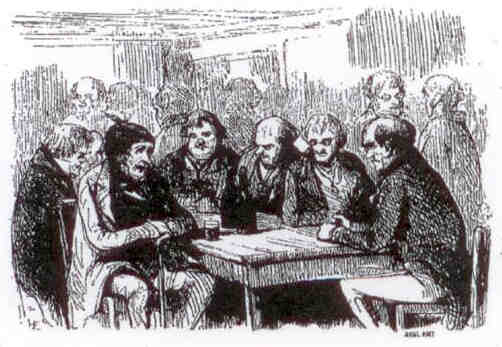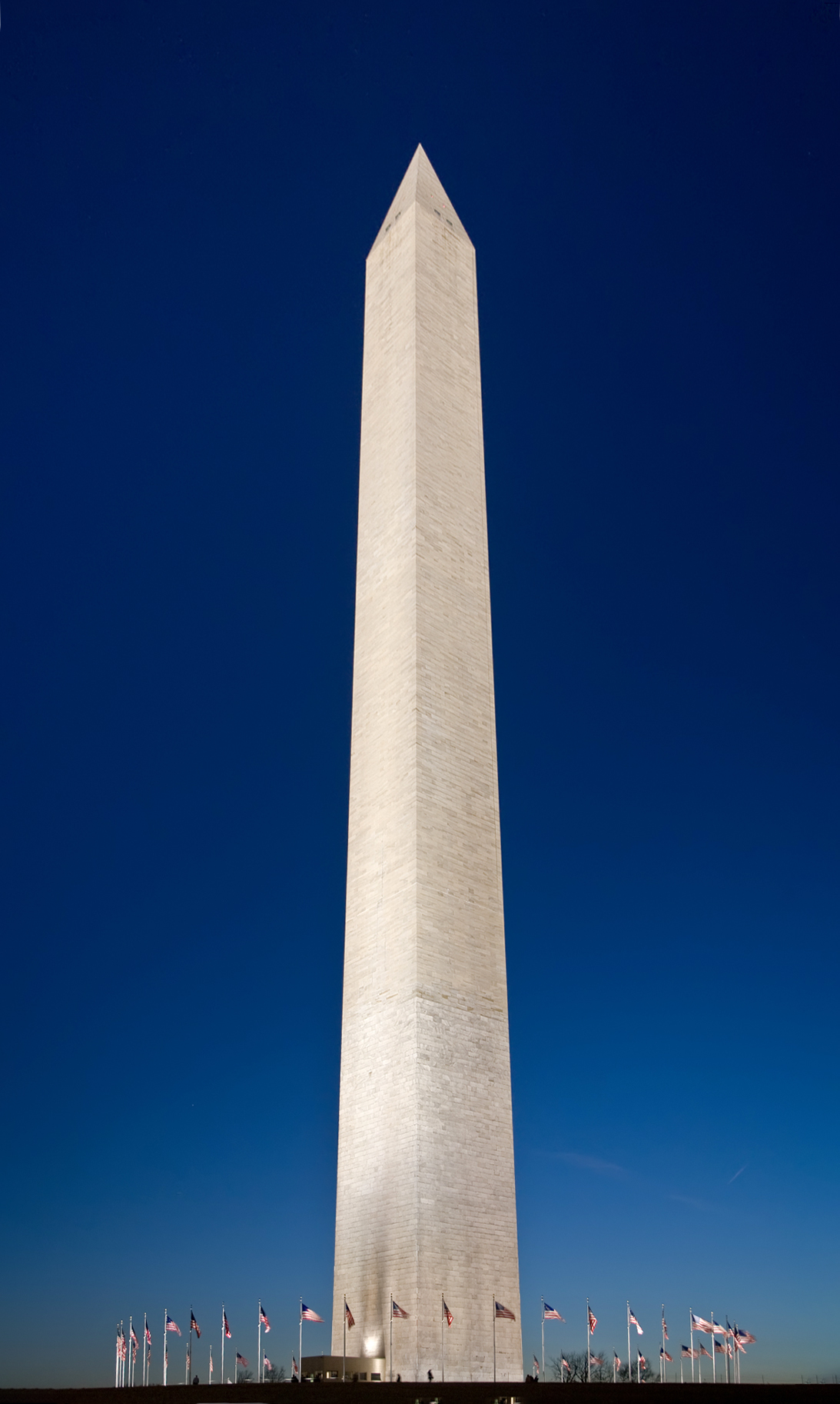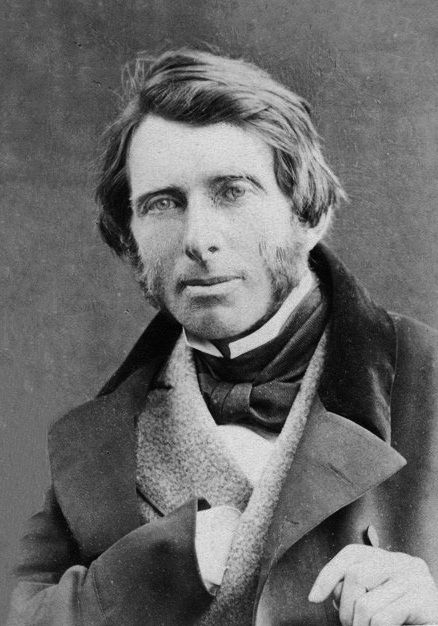|
André Warnod
André Warnod (1885–1960) was a French writer, goguettier, art critic, and illustrator, who witnessed the artistic scenes of Montmartre and Montparnasse during the 1910s-1930s. Biography André Warnod was born in Giromagny on April 24, 1885, the son of Édouard Warnod (1856-1893), a Protestant industrialist in Giromagny, and Alice Herr (1862-1953). His grandfather, Édouard Warnod (1828-1890), married to Laure Boigeol (1830-1916), and was also an industrialist and served as the president of the general council of Belfort. André had two brothers: Robert, who died for France in 1916, and Pierre, married to Lucie Mouttet, daughter of Louis Mouttet. He married Andrée Cahen-Berr in Paris-9° on August 25, 1915. André Warnod was the first to coin the term "École de Paris" (School of Paris) in an article for Comœdia, published on January 27, 1925. He reiterated this term in October of the same year in the introduction to his book "Les berceaux de la jeune peinture" (The Cr ... [...More Info...] [...Related Items...] OR: [Wikipedia] [Google] [Baidu] |
Goguettier
A goguette () was a singing society in France and Belgium, and its members were called ''goguettiers''. As well as providing venues for informal solo and ensemble singing, goguettes also served as places for drinking, socialising, and recreation. Goguettes can trace their history back to 1729 and the "'':fr:Société du Caveau, Société du Caveau''" in Paris, founded by poet and chansonnier Pierre Gallet (poet), Pierre Gallet (1698–1757), but their heyday was in the years 1818 to 1900. They can still be found today. In the early 19th century, goguettes met in the premises of cafés and restaurants, and provided a space for their members (for a small fee) to sing in public or to have their own compositions sung. Songs would explore well-worn epicurean themes such as drinking and eating, though political and social songs also played an important part. Open to all social ranks, in practice they tended to attract literate men from the artisan class; they were also associated with ... [...More Info...] [...Related Items...] OR: [Wikipedia] [Google] [Baidu] |
René Huyghe
René Huyghe (3 May 1906 Arras, France – 5 February 1997, Paris) was a French writer on the history, psychology and philosophy of art. He was also a curator at the Louvre's department of paintings (from 1930), a professor at the Collège de France director of the Musée Jacquemart-André, and, beginning in 1960 a member of the Académie Française. He was the father of the writer François-Bernard Huyghe. Biography René Huyghe studied philosophy and aesthetics at the Sorbonne and the École du Louvre. Made a curator of the Louvre's department of paintings in 1930, he rose to chief curator and professor of the école du Louvre in 1936, at the age of 30. He founded and edited the reviews ''L’Amour de l’Art'' and ''Quadrige''. He was one of the first figures in France to make films on art, such as his ''Rubens'' (winner of a prize at the Venice Biennale), and founded the International Federation of Films on Art. During the Second World War Huyghe helped the director of th ... [...More Info...] [...Related Items...] OR: [Wikipedia] [Google] [Baidu] |
French Art Critics
French may refer to: * Something of, from, or related to France ** French language, which originated in France ** French people, a nation and ethnic group ** French cuisine, cooking traditions and practices Arts and media * The French (band), a British rock band * "French" (episode), a live-action episode of ''The Super Mario Bros. Super Show!'' * ''Française'' (film), a 2008 film * French Stewart (born 1964), American actor Other uses * French (surname), a surname (including a list of people with the name) * French (tunic), a type of military jacket or tunic * French's, an American brand of mustard condiment * French (catheter scale), a unit of measurement * French Defence, a chess opening * French kiss, a type of kiss See also * France (other) * Franch, a surname * French Revolution (other) * French River (other), several rivers and other places * Frenching (other) * Justice French (other) Justice French may refer to: * C. G ... [...More Info...] [...Related Items...] OR: [Wikipedia] [Google] [Baidu] |
Montmartre
Montmartre ( , , ) is a large hill in Paris's northern 18th arrondissement of Paris, 18th arrondissement. It is high and gives its name to the surrounding district, part of the Rive Droite, Right Bank. Montmartre is primarily known for its artistic history, for the white-domed Sacré-Cœur, Paris, Basilica of the Sacré-Cœur on its summit, and as a nightclub district. The other church on the hill, Saint Pierre de Montmartre, built in 1147, was the church of the prestigious Montmartre Abbey. On 15 August 1534, Saint Ignatius of Loyola, Saint Francis Xavier and five other companions bound themselves by vows in the Martyrium of Saint Denis, 11 Rue Yvonne Le Tac, the first step in the creation of the Society of Jesus, Jesuits. Near the end of the 19th century and at the beginning of the 20th, during the Belle Époque, many artists lived, worked, or had studios in or around Montmartre, including Amedeo Modigliani, Claude Monet, Pierre-Auguste Renoir, Edgar Degas, Henri de Toulou ... [...More Info...] [...Related Items...] OR: [Wikipedia] [Google] [Baidu] |
1960 Deaths
It is also known as the "Year of Africa" because of major events—particularly the independence of seventeen African nations—that focused global attention on the continent and intensified feelings of Pan-Africanism. Events January * January 1 – Cameroon becomes independent from France. * January 9–January 11, 11 – Aswan Dam construction begins in Egypt. * January 10 – Prime Minister of the United Kingdom, British Prime Minister Harold Macmillan makes the Wind of Change (speech), "Wind of Change" speech for the first time, to little publicity, in Accra, Gold Coast (British colony), Gold Coast (modern-day Ghana). * January 19 – A revised version of the Treaty of Mutual Cooperation and Security between the United States and Japan ("U.S.-Japan Security Treaty" or "''Anpo (jōyaku)''"), which allows U.S. troops to be based on Japanese soil, is signed in Washington, D.C. by Prime Minister Nobusuke Kishi and President Dwight D. Eisenhower. The new treaty is opposed by t ... [...More Info...] [...Related Items...] OR: [Wikipedia] [Google] [Baidu] |
1885 Births
Events January * January 3– 4 – Sino-French War – Battle of Núi Bop: French troops under General Oscar de Négrier defeat a numerically superior Qing Chinese force, in northern Vietnam. * January 17 – Mahdist War in Sudan – Battle of Abu Klea: British troops defeat Mahdist forces. * January 20 – American inventor LaMarcus Adna Thompson patents a roller coaster. * January 24 – Irish rebels damage Westminster Hall and the Tower of London with dynamite. * January 26 – Mahdist War in Sudan: Troops loyal to Mahdi Muhammad Ahmad conquer Khartoum; British commander Charles George Gordon is killed. February * February 5 – King Leopold II of Belgium establishes the Congo Free State, as a personal possession. * February 9 – The first Japanese arrive in Hawaii. * February 16 – Charles Dow publishes the first edition of the Dow Jones Industrial Average. The index stands at a level of 62.76, and r ... [...More Info...] [...Related Items...] OR: [Wikipedia] [Google] [Baidu] |
Blue Pencil
Blue pencil may refer to: * Blue pencil (editing) A blue pencil, also known as a checking pencil, is a two-color pencil traditionally used by an editor to correct a copy (written), written copy. The blue end is typically Prussian blue, and the red end is typically a warm vermilion red. They are ..., a pencil traditionally used by an editor or sub-editor to show corrections to written copy * Blue pencil doctrine, a legal concept in common law countries See also * George Pirie Thomson, author of the ''Blue Pencil Admiral'' - a memoir of the author's experience as British Chief Press Censor during World War II. {{disambiguation ... [...More Info...] [...Related Items...] OR: [Wikipedia] [Google] [Baidu] |
Jean Cassou
Jean Cassou (; 9 July 1897 – 15 January 1986) was a French writer, art critic, poet, member of the French Resistance during World War II and the first Director of the Musée national d'Art moderne in Paris. Biography Jean Cassou was born at Bilbao, (Spain). His father was French (with a Mexican mother) and his mother Milagros Ibañez Pacheco was from Andalucia (Spain). His father, who had the prestigious degree ''Ingénieur des Arts et Manufactures'', died when Jean was only sixteen. His mother gave Jean and his sister basic Spanish culture, and he learnt French and Spanish classics side by side at school. Jean did secondary studies at the Lycée Charlemagne while providing for the needs of his family, then began study for the ''Licence d'espagnol'' (Spanish) degree at the Faculty of Letters in Paris. This he followed in 1917 and 1918 by getting a master's degree at the Bayonne Lycée and, though interrupted many times, was not mobilised in World War I. He was Secretary to P ... [...More Info...] [...Related Items...] OR: [Wikipedia] [Google] [Baidu] |
Mon Paris
Mon, MON or Mon. may refer to: Places * Mon State, a subdivision of Myanmar * Mon, India, a town in Nagaland * Mon district, Nagaland * Mon, Raebareli, a village in Uttar Pradesh, India * Mon, Switzerland, a village in the Canton of Grisons * Anglesey, , an island and county of Wales * Møn, an island of Denmark * Monongahela River, US or "The Mon" Peoples and languages * Mon people, an ethnic group from Burma * Mon language, spoken in Burma and Thailand * Mon–Khmer languages, a large language family of Mainland Southeast Asia * Mongolian language (ISO 639 code), official language of Mongolia * Alisa Mon, Russian singer Other uses * Mon (emblem), Japanese family heraldic symbols * Mon (architecture), gates at Buddhist temples, Shinto shrines and castles in Japan * Mon (boat), a traditional war canoe of the North Solomons * Mon (currency), a currency used in Japan until 1870 * Môn FM, a radio station serving Anglesey, Wales * ''The Gate'' (novel) (), a 1910 novel by Natsu ... [...More Info...] [...Related Items...] OR: [Wikipedia] [Google] [Baidu] |
Art Critic
An art critic is a person who is specialized in analyzing, interpreting, and evaluating art. Their written critiques or reviews contribute to art criticism and they are published in newspapers, magazines, books, exhibition brochures, and catalogues and on websites. Some of today's art critics use art blogs and other online platforms in order to connect with a wider audience and expand debate. Opinions Differently from art history, there is not commonly an institutionalisation, institutionalized training for art critics. Art critics come from different backgrounds and they may or may not be university trained. Professional art critics are expected to have a keen eye for art and a thorough knowledge of art history. Typically the art critic views art at art exhibition, exhibitions, art gallery, galleries, museums or artists' studios and they can be members of the International Association of Art Critics which has national sections. Very rarely art critics earn their living from writin ... [...More Info...] [...Related Items...] OR: [Wikipedia] [Google] [Baidu] |
Paris Sex-Appeal
''Paris Sex-Appeal'' was a monthly French erotic magazine published in Paris by Henri Francois from 1933 to 1951, though it was suspended during World War II. It featured light French fiction and articles. Illustrations throughout were erotic nudes. Each issue featured a single colour plate. Publisher The editorial office in Paris was at 47 avenue Philippe-Auguste, Paris. This address is that of the publishing and printing works of Henri François who owned photogravure machines. He published many technical brochures, posters and aviation magazines. The magazine ''Mon Paris, son visage sa vie ardente'', which appeared in November 1935, had the same address and shared contributors and advertisements with ''Paris sex-appeal'' appear there. Meyers also associates with the magazine "Jean Mézerette, an obscure, self-published author of gossipy books denigrating both Hitler and Mussolini whom Paris police files identified as a ‘‘publicist’’ and ‘‘manager of the publicatio ... [...More Info...] [...Related Items...] OR: [Wikipedia] [Google] [Baidu] |





